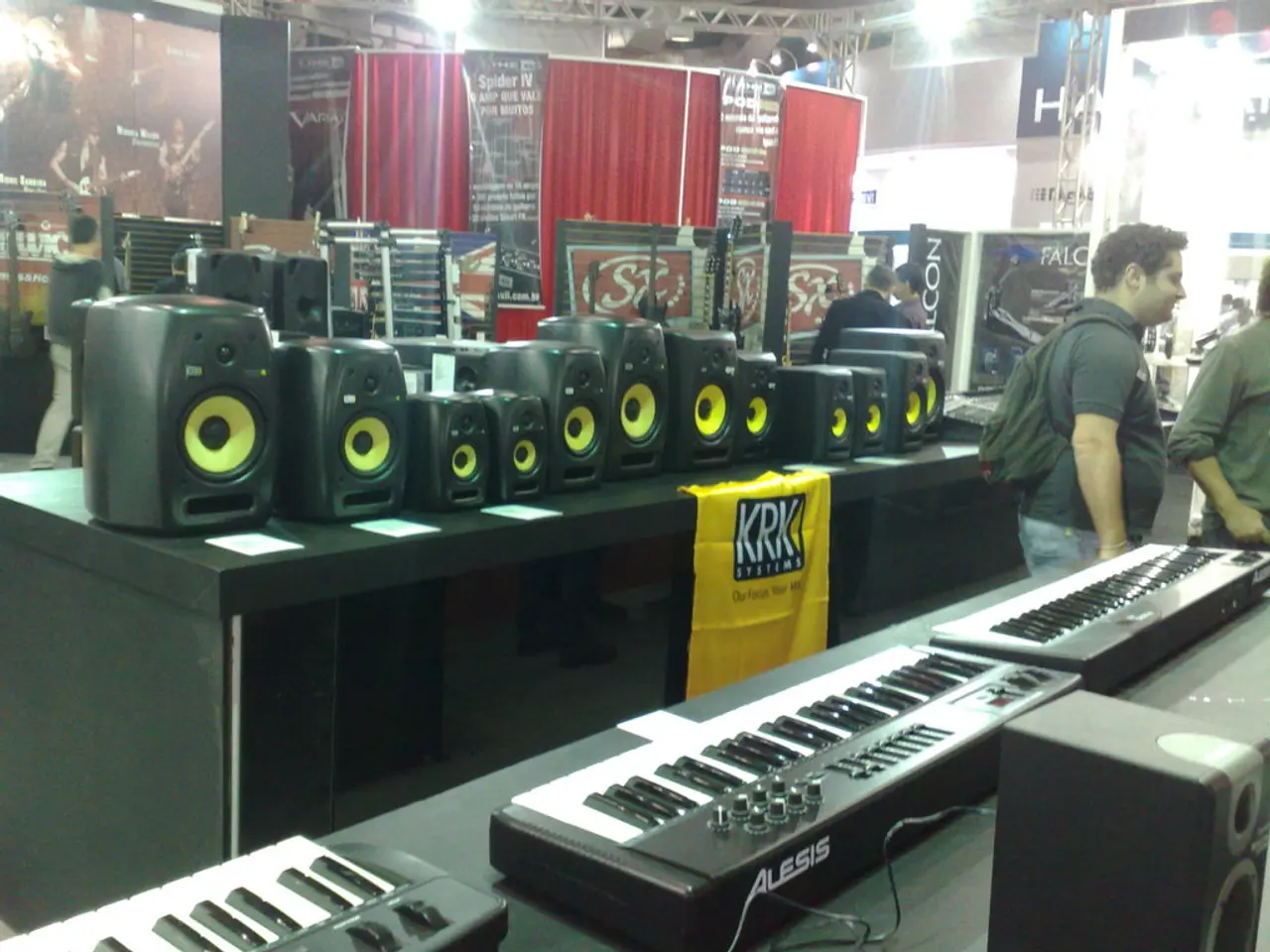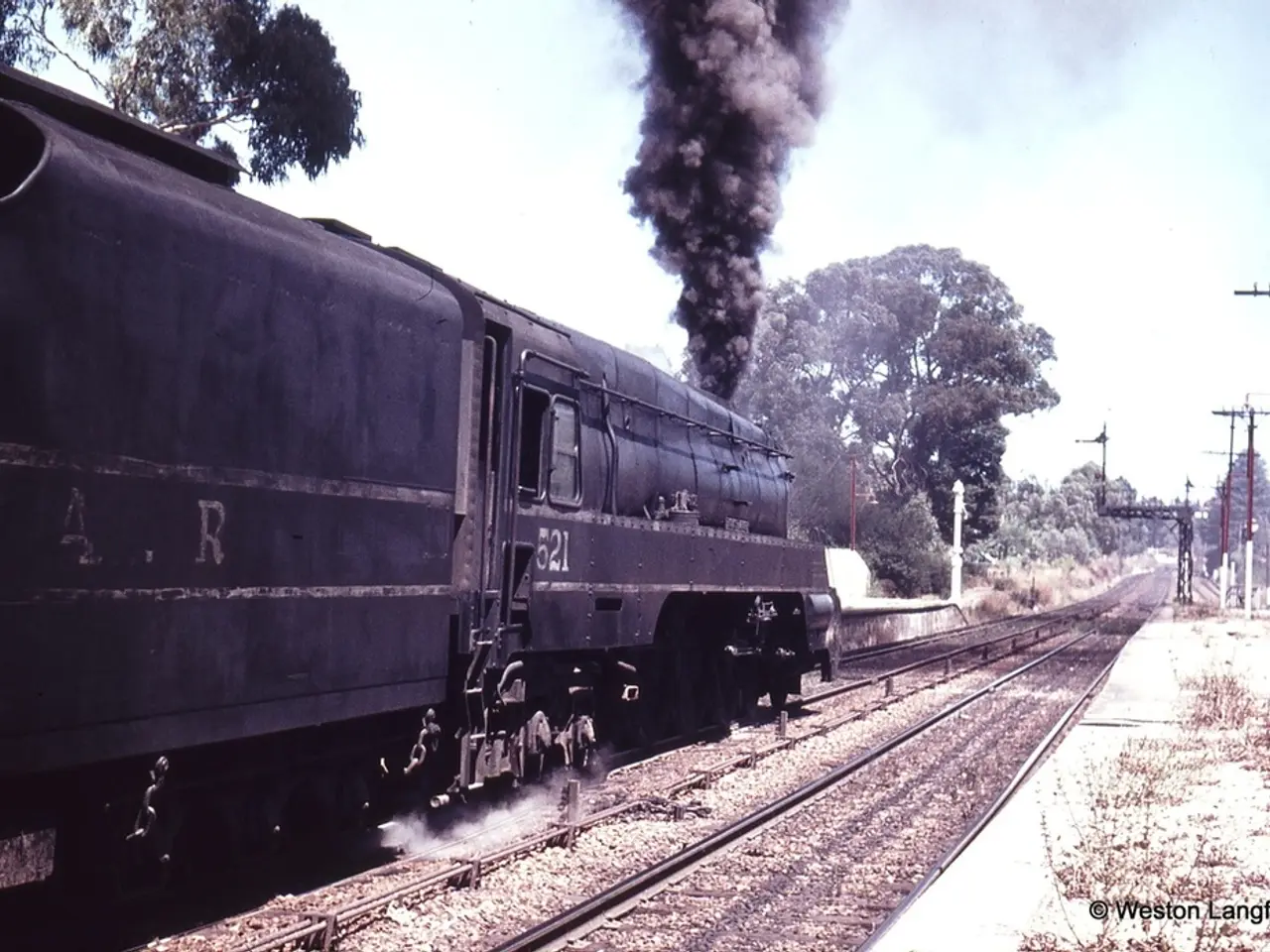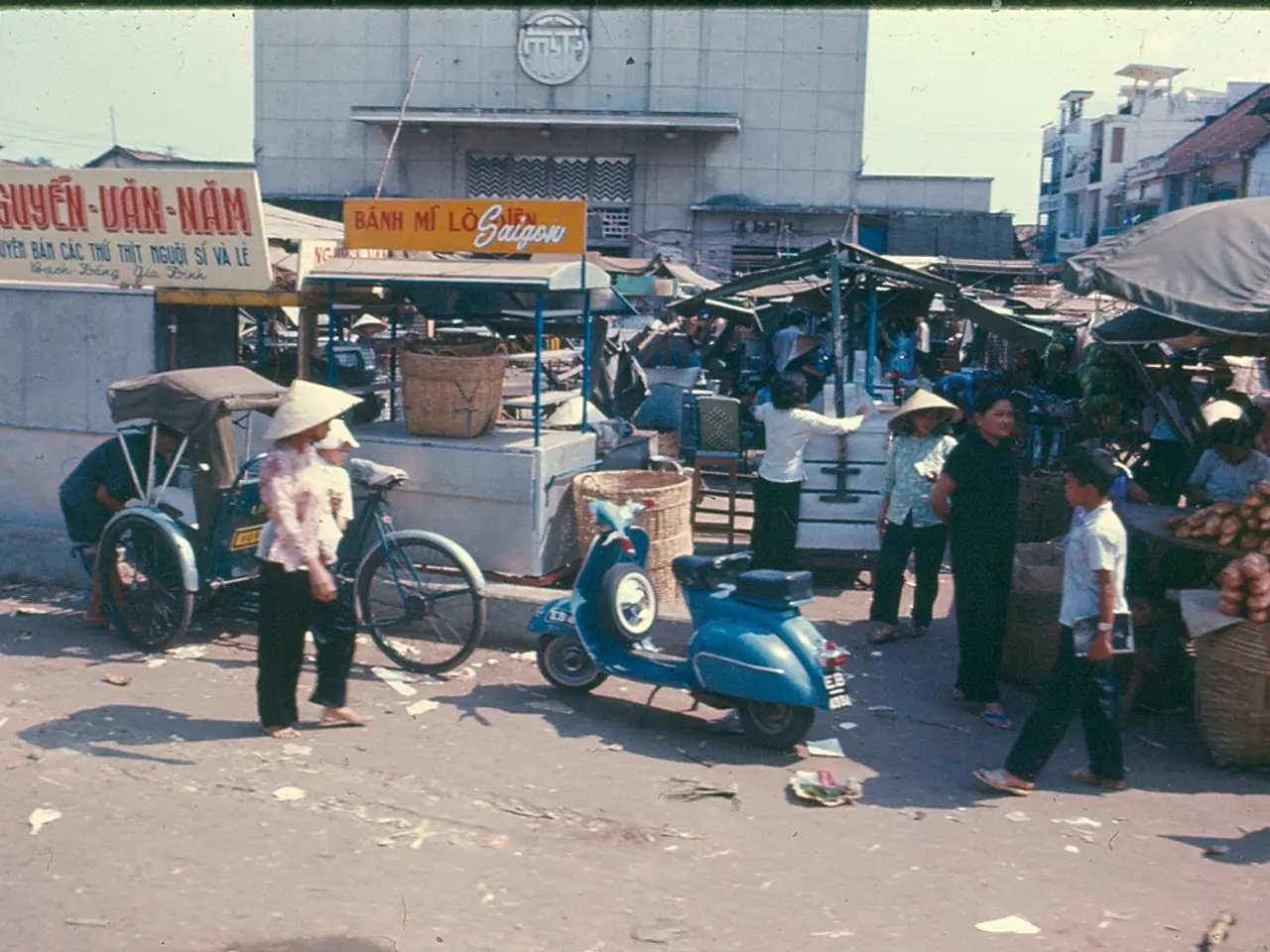Narendra Modi, Prime Minister of India, initiates the first phase of the metro railway project in Ahmedabad.
In a significant stride towards modernising India's urban infrastructure, Prime Minister Narendra Modi inaugurated the Phase-1 of the Ahmedabad Metro project and flagged off the Vande Bharat Express. Both initiatives are crucial pillars in India’s transformative journey towards advanced urban infrastructure and seamless connectivity, reflecting the Prime Minister's vision for a prosperous and well-connected nation.
The Ahmedabad Metro, part of a series of landmark infrastructure projects in Gujarat, enhances urban connectivity within the city, providing a modern, efficient public transportation system that supports the city's growing population and economic activities. The North-South corridor of the Ahmedabad Metro Project, connecting Gyaspur to Motera Stadium, has 15 stations, with the Thaltej-Vastral route in the East-West corridor boasting 17 stations and a 6.6 km underground section with four stations. The project is aligned with broader regional development initiatives such as the Dholera Special Investment Region, GIFT City, and the Sabarmati Riverfront, which together aim to transform Gujarat into a major industrial and economic hub.
The Ahmedabad Metro system reduces traffic congestion, promotes sustainable urban growth, and integrates with multiple modes of transportation to improve commuter experience. At Kalupur, the metro line will be connected to the High-Speed Rail system connecting Mumbai and Ahmedabad. The energy-efficient propulsion system of the metro train set can save about 30-35% of energy consumption.
The Vande Bharat Express trains symbolize a leap in rail infrastructure, delivering faster, safer, and more comfortable travel options. The latest Vande Bharat Express flagged off by PM Modi between Patliputra (Patna) and Gorakhpur significantly reduces travel time by around two hours, enhancing regional connectivity in Bihar and Uttar Pradesh. Each coach of the Vande Bharat Express is equipped with 32" screens providing passenger information and infotainment. The train is also equipped with the indigenously developed Train Collision Avoidance System - KAVACH.
The Vande Bharat trains contribute to boosting economic activities by improving access between key cities, facilitating daily commutes, and supporting industrial and tourism sectors through better transportation. The train can accommodate more passengers than other trains and features reclining seats in all classes and 180-degree rotating seats in Executive Coaches. Multi-Modal connectivity is being provided with the Indian Railways, BRTS, GSRTC, and City Bus service, including connections at Ranip, Vadaj, AEC station, Gandhidham, Kalupur, Sabarmati station, and BRTS at Kalupur.
Prime Minister Modi expressed admiration for Ahmedabad commuters and thanked the people of Ahmedabad for a huge turnout. He also highlighted his interaction with the technicians and engineers who designed and made the Vande Bharat Coaches. The Prime Minister remarked that the journey between Ahmedabad and Mumbai will become comfortable and faster with the Vande Bharat Express.
Both projects exemplify PM Modi’s broader agenda to enhance urban and regional connectivity, reduce travel times, and improve passenger experience through modern, high-quality infrastructure. They support economic growth by linking industrial regions, providing efficient commute options, and integrating transportation networks across urban and rural areas. Together, they demonstrate the government's commitment to building a modern, sustainable, and inclusive transportation ecosystem that fuels India’s industrialization, urbanization, and socio-economic development goals.
The Ahmedabad Metro's integration with the High-Speed Rail system connects Mumbai and Ahmedabad, signifying a critical step in the finance sector by enhancing fund flow among key cities for economic activities.
The Vande Bharat Express, with its indigenously developed Train Collision Avoidance System - KAVACH, represents a significant stride in the transportation industry, contributing to India's political climate by strengthening regional connectivity and fostering economic growth.




